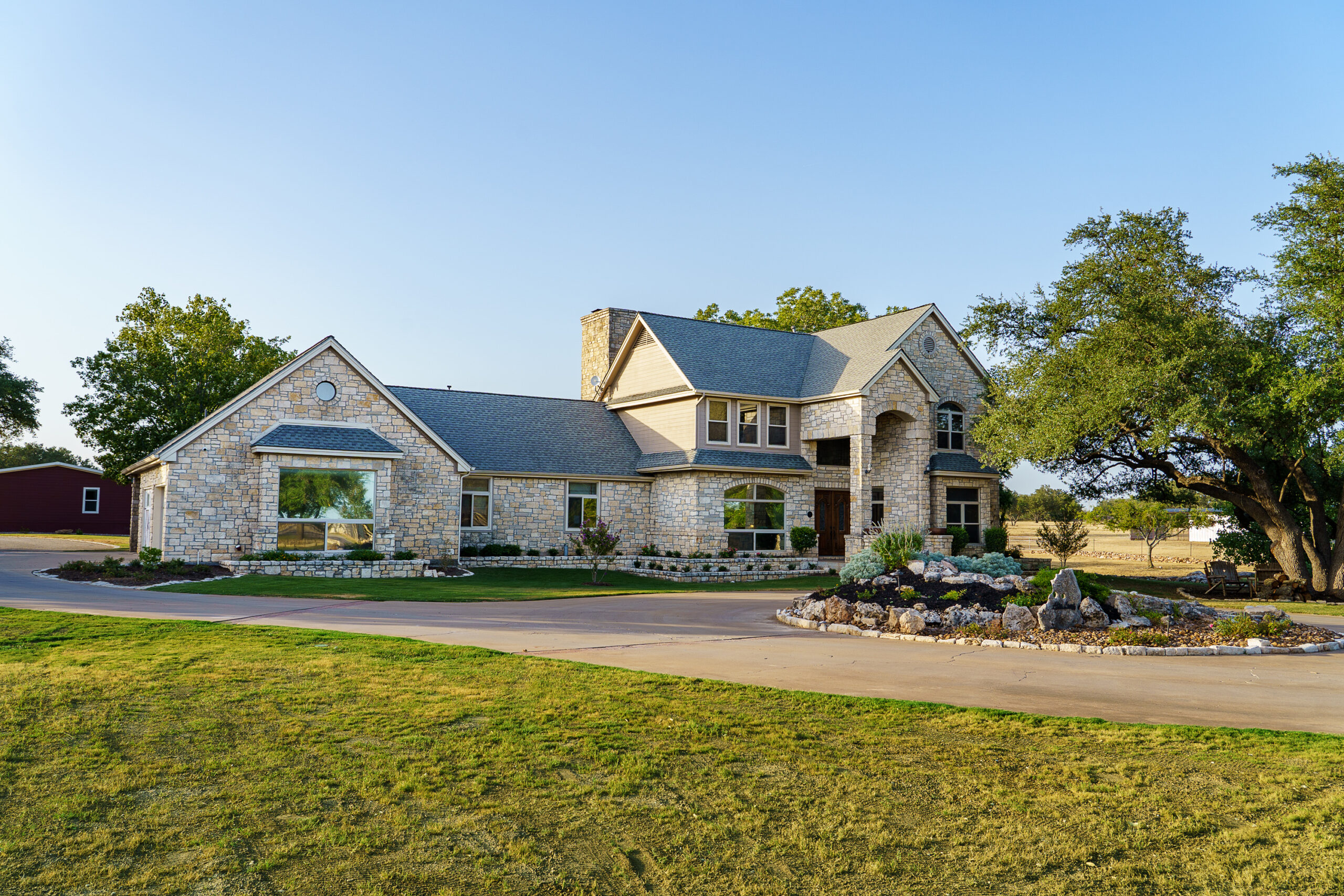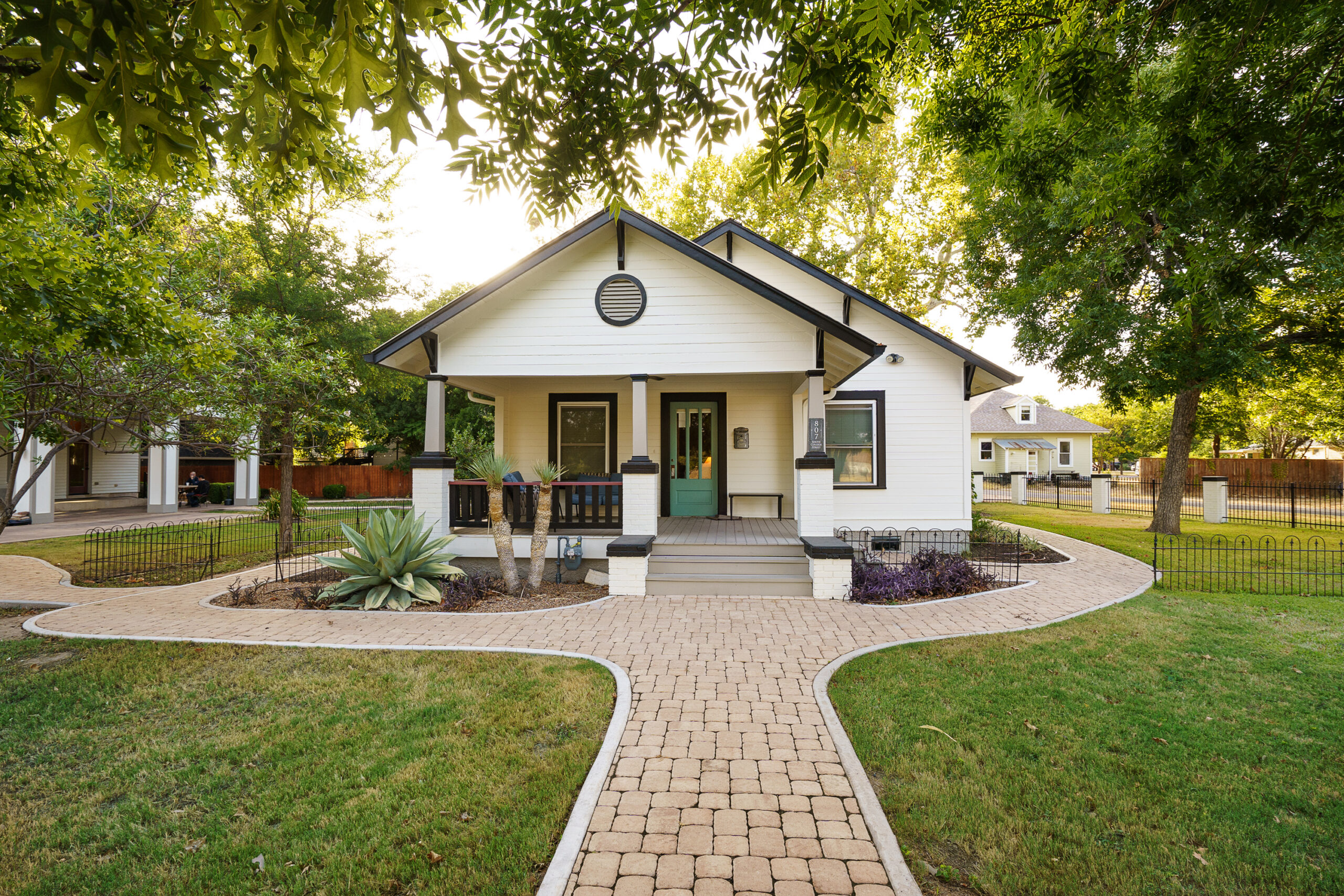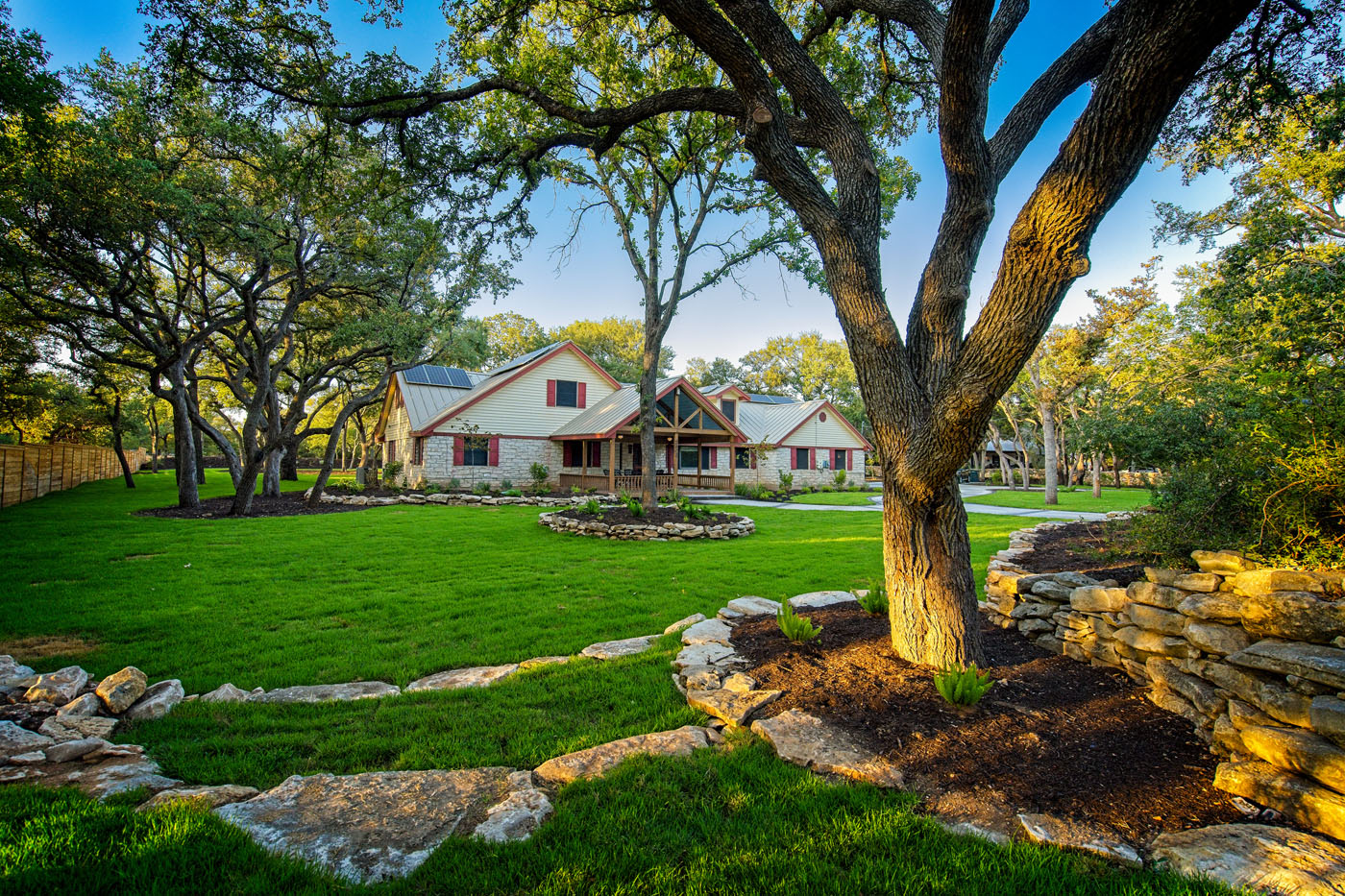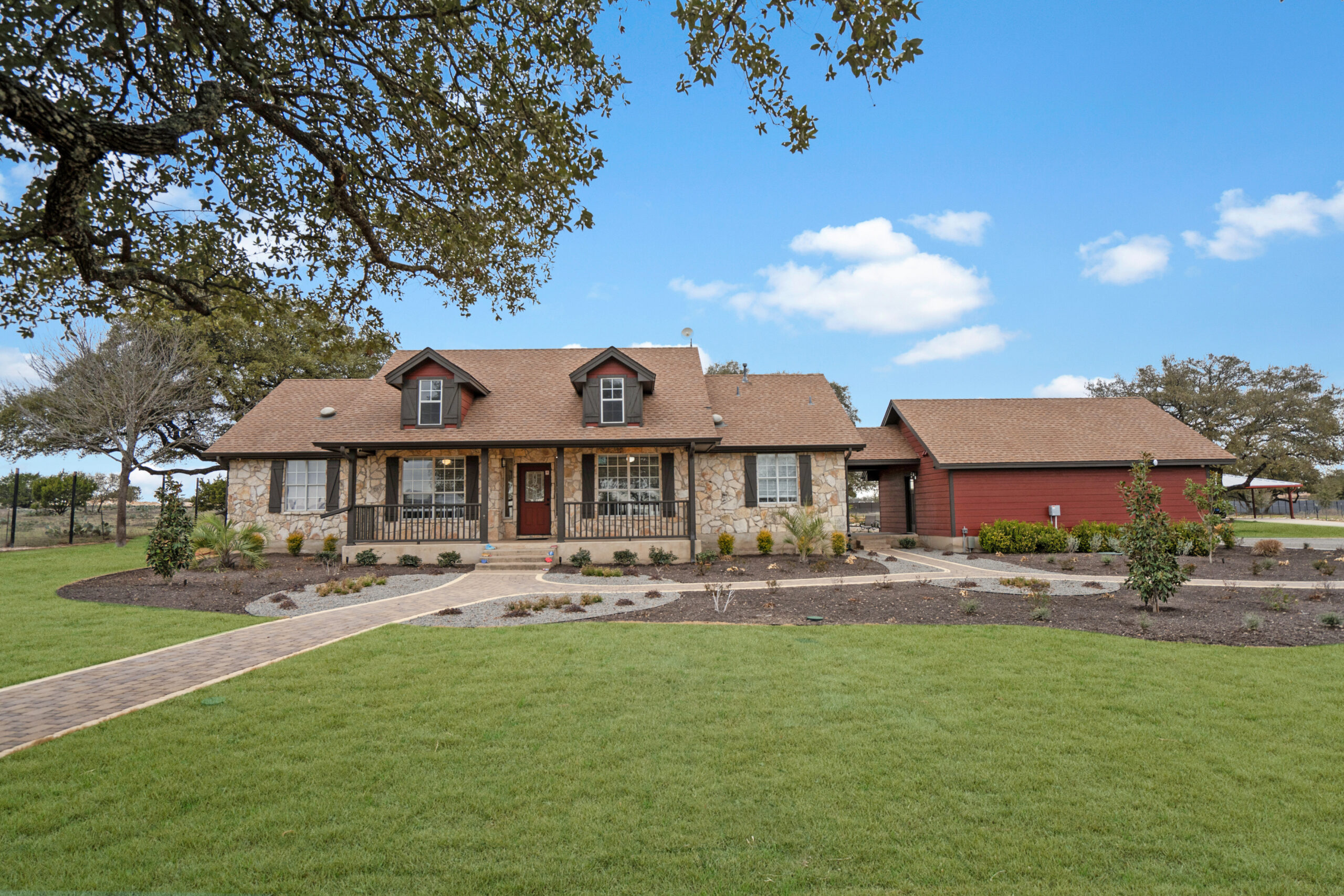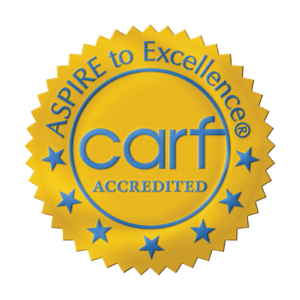When you or someone you love is dealing with both bipolar disorder and addiction, it can feel like an uphill battle. The highs and lows of bipolar disorder can be unpredictable and exhausting on their own, and when addiction enters the picture, it creates a cycle that can feel impossible to escape. But here’s the good news—healing is possible. At Alta Loma, we understand the unique challenges of managing both conditions and the importance of choosing the right bipolar and addiction treatment center. This decision is about more than just treatment; it’s about finding a place that will truly understand your struggles and provide the tools you need for long-term recovery.
In this comprehensive guide, we’ll explore the connection between bipolar disorder and addiction, what to look for in a treatment center, and how Alta Loma can help you regain control of your life.
The Overlap Between Bipolar Disorder and Addiction
Why Do Bipolar Disorder and Addiction Often Co-Occur?
Bipolar disorder, characterized by extreme mood swings ranging from manic highs to depressive lows, is one of the most misunderstood mental health conditions. While these mood swings are challenging enough to manage on their own, research shows that nearly 6 in 10 people with bipolar disorder will also struggle with substance abuse at some point in their lives. But why is this?
Here are some of the reasons these two conditions frequently overlap:
1. Self-Medication
Many individuals with bipolar disorder turn to drugs or alcohol to manage their symptoms. For instance, during depressive episodes, someone might use substances to numb their pain or lift their mood. On the other hand, during manic episodes, stimulants like cocaine or alcohol may feel like a way to enhance the “high.” Unfortunately, this pattern only worsens the disorder over time.
2. Shared Biological Factors
Both bipolar disorder and addiction are tied to irregularities in brain chemistry, particularly in the areas of dopamine and serotonin regulation. These chemical imbalances make individuals more vulnerable to both mood instability and substance dependency.
3. Stress and Trauma
Stress, trauma, or a history of adverse childhood experiences are significant risk factors for both bipolar disorder and addiction. When these factors compound, they create a vicious cycle that’s hard to break without professional help.
The Importance of Dual-Diagnosis Treatment
When someone is struggling with both bipolar disorder and addiction, they need specialized care designed to address both conditions simultaneously. This is known as dual-diagnosis treatment, and it’s a cornerstone of effective recovery.
Why is dual-diagnosis treatment so critical?
- Interconnected Issues Require Integrated Solutions
Bipolar disorder and addiction fuel each other. For example, substance abuse can worsen mood swings, while untreated bipolar symptoms can drive someone to self-medicate. A treatment program that focuses on just one issue without addressing the other is unlikely to lead to lasting recovery. - Improved Treatment Outcomes
Research shows that people who receive dual-diagnosis treatment are more likely to achieve long-term success in managing their mental health and staying sober. - Prevention of Relapse
Without addressing the underlying mental health condition, individuals are more likely to relapse. A quality bipolar and addiction treatment center will give clients the tools they need to manage triggers and cope with life’s challenges in healthy ways.
What Sets a Great Bipolar and Addiction Treatment Center Apart?
Not all treatment centers are created equal. If you or a loved one is searching for a bipolar and addiction treatment center, it’s essential to look for certain key features. Here’s what sets a great treatment center apart from the rest:
1. Expertise in Dual-Diagnosis Care
A high-quality treatment center should have a dedicated focus on dual-diagnosis treatment. This means their programs are specifically designed to address both addiction and mental health conditions like bipolar disorder. Ask if the staff includes psychiatrists and therapists trained in managing co-occurring disorders.
2. Comprehensive Treatment Plans
The best treatment centers don’t offer cookie-cutter solutions. Instead, they provide individualized treatment plans tailored to each client’s unique needs. This may include therapy, medication, and complementary practices like mindfulness or art therapy.
3. Evidence-Based Therapies
Look for a center that uses evidence-based practices to ensure clients receive the most effective care possible. Some key approaches include:
- Cognitive Behavioral Therapy (CBT): A widely used technique that helps clients recognize and change harmful thought patterns and behaviors. By addressing negative thinking, CBT can improve overall mental health and coping strategies.
- Dialectical Behavior Therapy (DBT): A specialized form of therapy designed to help individuals manage intense emotions, reduce impulsive behavior, and improve interpersonal relationships. DBT is particularly effective for those experiencing emotional dysregulation.
- Medication Management: Overseen by medical professionals, this approach carefully balances the symptoms of conditions like bipolar disorder while supporting recovery from addiction. Proper medication management ensures clients can achieve stability while focusing on long-term wellness.
4. Holistic Healing Options
While therapy and medication are essential, recovery also involves rebuilding the mind, body, and spirit. Holistic options like yoga, meditation, nutritional counseling, and outdoor activities can play a vital role in recovery.
5. Family Support Programs
Addiction and bipolar disorder affect more than just the individual—they impact the entire family. A great treatment center will offer family counseling and education to help rebuild relationships and create a supportive home environment.
6. Aftercare Planning
Recovery doesn’t end when you leave treatment. The best centers offer aftercare planning, helping clients transition back into daily life with ongoing support through outpatient therapy, alumni programs, or 12-step groups.
What Happens at a Bipolar and Addiction Treatment Center?
If you’ve never been to a treatment center, you might wonder what to expect. While every center operates differently, here’s a general idea of the process you might experience:
Step 1: Intake and Assessment
Your journey begins with a comprehensive intake and assessment process. This involves meeting with a team of professionals who will ask detailed questions about your mental health, substance use history, medical background, and personal goals for treatment. This step is vital because it allows the treatment team to fully understand your needs and challenges, ensuring they can develop a customized plan tailored to support your healing and recovery journey.
Step 2: Detoxification (If Needed)
For those struggling with substance dependency, detoxification may be the first step of the process. Detox helps your body safely rid itself of harmful substances, and this process is supervised by medical professionals to ensure your safety and comfort. Depending on the substances involved and the severity of your dependency, detox may last anywhere from a few days to a couple of weeks. Emotional support is also provided during this period, as detox can be both physically and mentally challenging.
Step 3: Therapeutic Interventions
Once detox is complete or, in some cases, if detox isn’t needed, the focus shifts to therapy. This part of the process is all about identifying the root causes of your struggles, learning how to manage challenges, and developing healthier coping mechanisms. Therapeutic interventions often include a combination of individual counseling, group therapy, and family therapy sessions. Evidence-based approaches like Cognitive Behavioral Therapy (CBT), Dialectical Behavior Therapy (DBT), and trauma-focused therapy are commonly used to help you work through emotional and psychological barriers. Group therapy also provides a sense of community and shared understanding, which can be incredibly powerful during recovery.

Step 4: Medication Management
For individuals with mental health conditions such as bipolar disorder, anxiety, or depression, medications may be an important part of the treatment plan. A psychiatrist will work with you to determine the best medication options, adjusting dosages as needed and monitoring your response. The goal is to strike the right balance, ensuring that medications effectively stabilize your mood or alleviate symptoms while minimizing side effects. Regular check-ins with the psychiatrist are part of this process to ensure ongoing progress.
Step 5: Holistic Activities
Treatment centers often incorporate holistic activities into their programs to address the mind-body connection. These activities are designed to promote relaxation, self-expression, and overall well-being. Examples include yoga, meditation, mindfulness exercises, journaling, art therapy, and even outdoor activities like hiking or gardening. These activities not only provide a break from more intensive therapies but also help you build new, positive habits that can support your mental health long after treatment ends.
Step 6: Education and Life Skills Training
Many treatment centers include educational workshops and life skills training as part of their programs. These sessions might cover topics like stress management, emotional regulation, communication skills, and healthy lifestyle habits. The goal is to equip you with practical tools that can help you navigate challenges and maintain your recovery in your everyday life.
Step 7: Transition Planning
As you approach the end of your treatment program, the focus shifts toward preparing for life outside the treatment center. Transition planning is a crucial step that includes creating a personalized relapse prevention plan, identifying triggers, and developing strategies for avoiding or managing them. Your treatment team will also help connect you to support groups like AA, NA, or other community resources, and may even assist with finding outpatient counseling or follow-up care. Setting short- and long-term goals for your future is also an important part of this phase, as it helps you leave treatment with a clear sense of direction and purpose.
By understanding each of these steps, you can feel more prepared and confident about the treatment process, knowing that every aspect is designed to guide and support you toward a healthier, more fulfilling life.
Why Alta Loma Is the Right Choice
At Alta Loma, a Bipolar and Addiction Treatment Center, we understand how tough it can be to navigate the challenges of bipolar disorder and addiction. That’s why we’ve created a program that not only tackles these issues but also helps you build a fulfilling, meaningful life.
Here’s what makes us stand out:
- Specialized Dual-Diagnosis Care: Our team of professionals is highly experienced in managing co-occurring disorders, ensuring you receive care that’s tailored to your needs.
- Holistic Healing: Beyond therapy and medication, we offer activities that nurture your mind, body, and spirit, such as mindfulness, equine therapy, and outdoor excursions.
- Family-Focused Programs: Recovery is a team effort. We work closely with families to rebuild trust and strengthen support systems.
- Comprehensive Aftercare: Recovery is a lifelong journey, and we’re here to support you every step of the way through alumni programs and ongoing counseling.
Questions to Ask When Choosing a Treatment Center
Before selecting a treatment center, take the time to ask questions that will help you make an informed decision:
- Do you specialize in treating bipolar disorder and addiction together?
- What types of therapy and activities do you offer?
- How is family involvement incorporated into the program?
- What is your approach to medication management?
- What does your aftercare plan look like?
The answers to these questions will help you determine whether a center aligns with your needs and values.
Common Myths About Bipolar Disorder and Addiction
Let’s address a few myths that often discourage people from seeking treatment:
Myth 1: “You just need more willpower to overcome addiction.”
Reality: Addiction is a disease, not a choice. Recovery requires professional support, not just willpower.
Myth 2: “Bipolar disorder isn’t treatable.”
Reality: While bipolar disorder can’t be cured, it can be managed effectively with the right combination of therapy and medication.
Myth 3: “Rehabilitation centers are just for addiction.”
Reality: Dual-diagnosis centers, like Alta Loma, specialize in treating both mental health conditions and addiction simultaneously.
FAQs
1. Can I get treatment for bipolar disorder without addressing my addiction?
It’s not recommended. Addiction and bipolar disorder are deeply connected, and treating one without addressing the other increases the risk of relapse.
2. How long does treatment take?
The length of treatment depends on individual needs but typically ranges from 30 to 90 days, with ongoing support after discharge.
3. Will insurance cover treatment?
Many insurance plans cover dual-diagnosis treatment, but it’s essential to verify coverage with your provider.
4. How does Alta Loma handle relapse prevention?
Our programs focus on building coping skills, identifying triggers, and providing long-term support through aftercare and alumni programs.
The Road to Recovery
Choosing the right bipolar and addiction treatment center is a life-changing decision. By addressing both conditions simultaneously, you or your loved one can break free from the cycle of mood instability and substance abuse.
At Alta Loma, we’re here to guide you every step of the way. With specialized care, compassionate professionals, and a focus on holistic healing, we help individuals rediscover their potential and build a brighter future.
Are you ready to take the first step? Contact Alta Loma today—we’re here to help. Visit our website https://www.altaloma.com/ or call us at (512) 829-3686.
